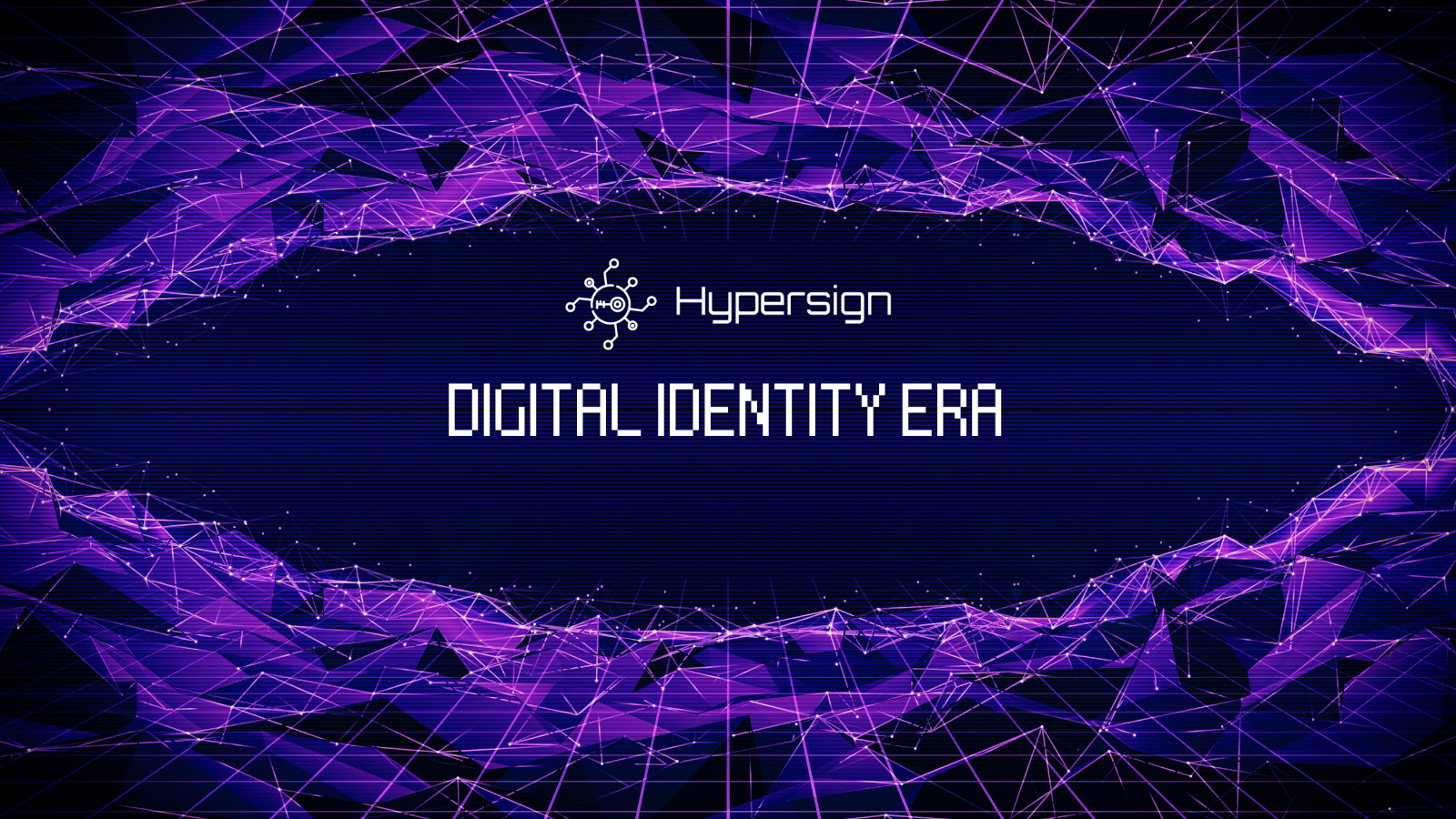Identity is the representation of who one claims to be. From your name, age, profession to address, these claims about you constitute your identity. Historically, to prove our identities, we've relied on physical instruments such as Passports, government issues Identity Cards and Office/Student ID cards. With the transition to the digital age, these assertions have been represented electronically, giving rise to what we call a Digital Identity.
The Challenges of Traditional Identity Systems
Traditional identity systems, like centralized identity frameworks, are plagued by vulnerabilities due to their centralized data storage. This not only curtails user autonomy but also jeopardizes data integrity. The gravest concern with such centralized systems is data breaches. For instance, in India, countless instances have been recorded where the private information of its citizens was compromised, with government entities, dining establishments, and airline databases falling victim to hacks.
Rise of Digital Identities
Digital identities represent individuals electronically, transitioning from physical mediums like Passports to digital assertions. This transition underscores the significant role of identity on the blockchain, creating a bridge between tangible proofs and digital representations.
Demystifying Blockchain Technology
What is Blockchain?
Blockchain is a decentralized ledger that stores data across numerous computers, ensuring data integrity and reducing the chances of malicious alterations.
Key Features and Benefits
The underlying principles of blockchain digital identity are transparency, immutability, and decentralization, which facilitate enhanced security and data privacy.
Blockchain's Role in Identity Management
- DecentralizationRedefining Authority Blockchain identity management departs from central authorities, placing users at the helm of their digital personas.
- ImmutabilityA Tamper-Proof Identity Ledger, Identity on the blockchain provides a ledger where once data is recorded, it's nearly impossible to alter, safeguarding users' digital identities.
- Enhanced Security and Privacy: With blockchain identity verification, users are given superior protection against potential breaches, making identity theft a significant challenge for malicious actors.
Use Cases of Blockchain Identity Management
- Self-Sovereign Identity platforms, such as Hypersign, champion the Self-Sovereign Identity (SSI) model, offering decentralized solutions that hand control back to users. A critical component is the Digital Wallet, EDV (Encrypted Data Vault), in Hypersign’s case, storing cryptographically secure claims. Hypersign did:hid method of SSI was recently recognized by World Wide Consortium. We have tried to keep this article high level to make common Joe understand digital identity and its usage; if you wish to learn more about how Hypersign utilizes SSI, you can visit this <blog>.
- Cross-Border Identification, blockchain identity solutions expedite cross-border identifications, ensuring fast and secure verifications across boundaries.
- Securing Sensitive Information, blockchain's inherent security features, including encryption and decentralized storage, secure sensitive information, thwarting unauthorized access and potential breaches.
Implementing Blockchain Identity Solutions
Technical Aspects to Consider
- Blockchain Type & Consensus Mechanisms: Decide between public or private blockchains based on the desired transparency and control. The chosen consensus mechanism, whether Proof of Work (PoW), Proof of Stake (PoS), or others, will impact transaction speed, security, and energy efficiency.
- Interoperability & Integration Ensure the blockchain identity solution can integrate seamlessly with other platforms and systems. Robust APIs are essential for smooth integration with existing enterprise tools and authentication protocols.
- Encryption & Data ManagementUtilize advanced encryption techniques like Zero-Knowledge Proofs for secure identity verification without data exposure. Strategize data storage with a combination of on-chain (hashes or pointers) and off-chain solutions for scalability.
- Compliance & ScalabilityDesign the solution with data privacy regulations such as GDPR in mind. The system should accommodate growth in user numbers and transactions without significant delays.
- User Experience & Disaster Recovery Prioritize an intuitive interface to cater to users of all technical levels. Ensure a robust strategy for data recovery and backup to address potential system issues.
Real-World Examples of Implementation
Hypersign offers real-world blockchain identity solutions. Hypersign’s User Data Access Policy (UDAP) and leveraging blockchain and Public Key Cryptography stand out as a beacon in this domain. Hypersign’s Entity Studio can be used by institutions to issue decentralized identity/identifiers. With the implementation of Digital Personal Data Protection Act, 2023, Hypersign is well positioned to help Institutions doing business in India comply with the law; Hypersign technology being recognized by World Wide Web Consortium is a testament to deploying user-centric Self-Soveiegn Identity solutions.
Challenges and Considerations
Scalability and Performance
While blockchain offers robust identity solutions, scalability remains a concern. Adapting the system to handle massive user volumes without compromising speed is crucial.
Interoperability with Existing Systems
Ensuring that new blockchain systems work seamlessly with existing systems is pivotal. This involves making sure systems are compliant with protocols like Web3 identity verification.
Regulatory and Legal Implications
Legal frameworks worldwide are still catching up to blockchain technology, and understanding the implications of blockchain identity in various jurisdictions is vital.
The Future Landscape of Identity Management
- Integration with the Internet of Things (IoT), With IoT devices proliferating, blockchain identity solutions will be instrumental in ensuring device interactions are secure and verifiable.
- Potential Disruption of Traditional Systems, As blockchain identity verification systems become mainstream, we expect significant disruption in traditional centralized models, giving rise to a more user-centric Web3 identity era.
About Hypersign
Hypersign is an innovative, permissionless blockchain network that manages digital identity and access rights. Rooted in the principles of Self-Sovereign Identity (SSI), Hypersign empowers individuals to take control of their data and access the internet. It provides a scalable, interoperable, and secure verifiable data registry (VDR) that enables various use cases based on SSI. Built using the Cosmos-SDK, the Hypersign Identity Network is recognized by W3C (World Wide Web Consortium), promoting a seamless and secure online identity management experience.
Get in touch with us today at meet.hypersign@gmail.com



















